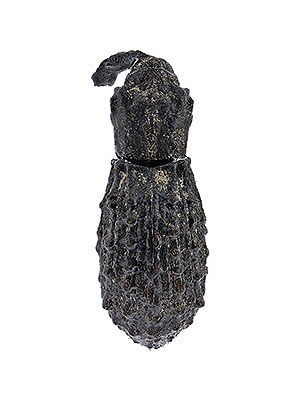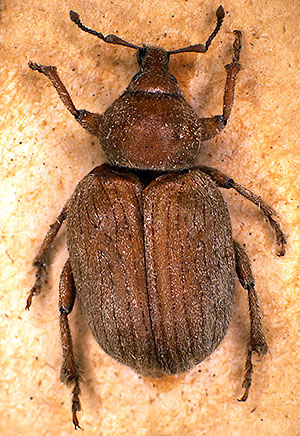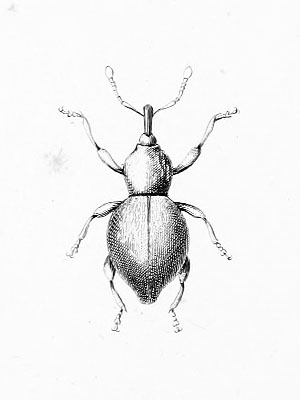Cut-off Bark Beetle (Xyleborus exsectus)
The Cut-off Bark beetle was described in 1900; it is known only from some male specimens that were collected on the slopes of the Haleakalā volcano on the island of Maui, Hawaiian Islands.
The species is only known from the type series that was collected in 1894 and 1896 respectively, it is possibly extinct.
***
However, it is possible that this taxon is not valid at all and in fact is identical with the Molokai Bark Beetle (Xyleborus molokaiensis Perkins) which is more widespread and of which only female specimens ae known. [1]
Otherwise, there is also the possibility that it might be rediscovered as it has happened with at least two other congeneric species. [2][3]
*********************
References:
[1] G. A. Samuelson: A synopsis of Hawaiian Xyleborini. Pacific Insects 23(1-2): 50-92. 1981
[2] Conrad P. D. T. Gillett; Ishakh Pulakkatu-Thodi; Daniel Rubinoff: Rediscovery of an Enigmatic Bark Beetle (Coleoptera: Curculionidae: Scolytinae) Endemic to the Hawaiian Islands. The Coleopterists Bulletin 72(4): 811-815. 2018
[3] Conrad P. D. T. Gillett; David Honsberger; Daniel Rubinoff: Rediscovery of the Hawaiian endemic bark beetle Xyleborus pleiades Samuleson, 1981 on Moloka‘i, with records of three new exotic bark beetles for the island (Coleoptera: Curculionidae: Scolytinae: Xyleborini). Journal of Natural History 53(23-24): 1481-1490. 2020
*********************
edited: 16.02.2024







